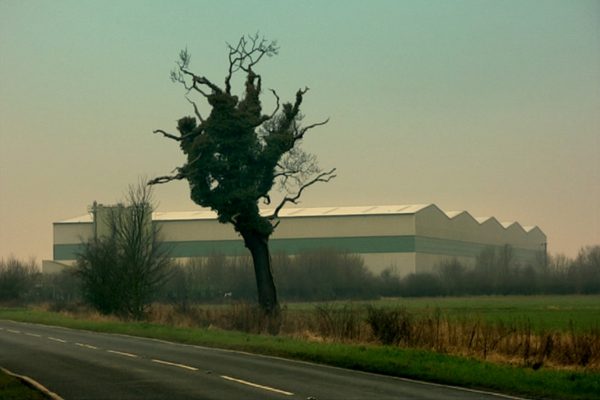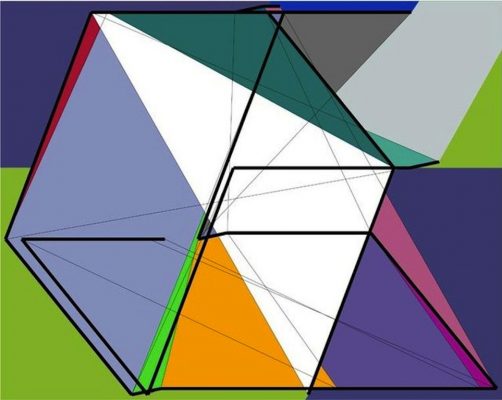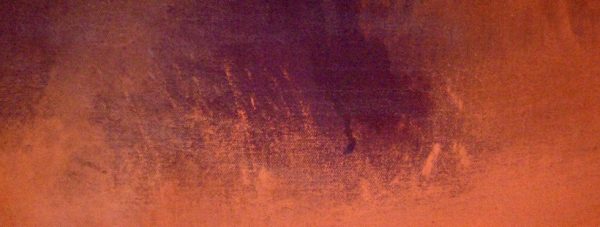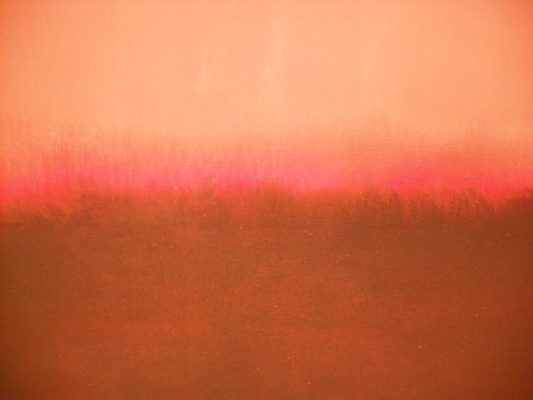Chris Petit likes driving. Most of his films, from his first Radio On (1979), to London Orbital (with Iain Sinclair, 2002) and his last Content (2010), show the perspective of the driver on the road: a ‘form of forward projection’, an unfolding horizon, the field divided by cat’s eyes and motorway signs.
Petit has directed over a dozen films, including those developed for television at a time when experimentation within this medium was still possible. He is the author of six novels, all of which position the people and the places of the margins in the foreground. His work documents unchartered landscapes and non-conforming characters. Technology is employed as a framing device, offering the possibility of many formats, cuts and edits – yet it advances also as a predator.His latest project the Museum of Loneliness operates as a nebulous cultural body, documented in pamphlets and a spoken word vinyl recording released by independent publishers Test Centre. I interview Petit in London, in an apartment in the City overlooking the Thames, in a building that feels like it has only temporary inhabitants. We are both struggling to cut through the grey; instant coffee and semi-stale biscuits. The window of the living room, at which our small coffee table, now frames the upper portion of the Shard, which is shrouded in a mist characteristic of the winter of this year. Dirty water washes onto a small portion of riverbank. Sleet begins to fall before turning into drizzle. It is the kind of monochrome British weather that smears Petit’s films and fictions.




